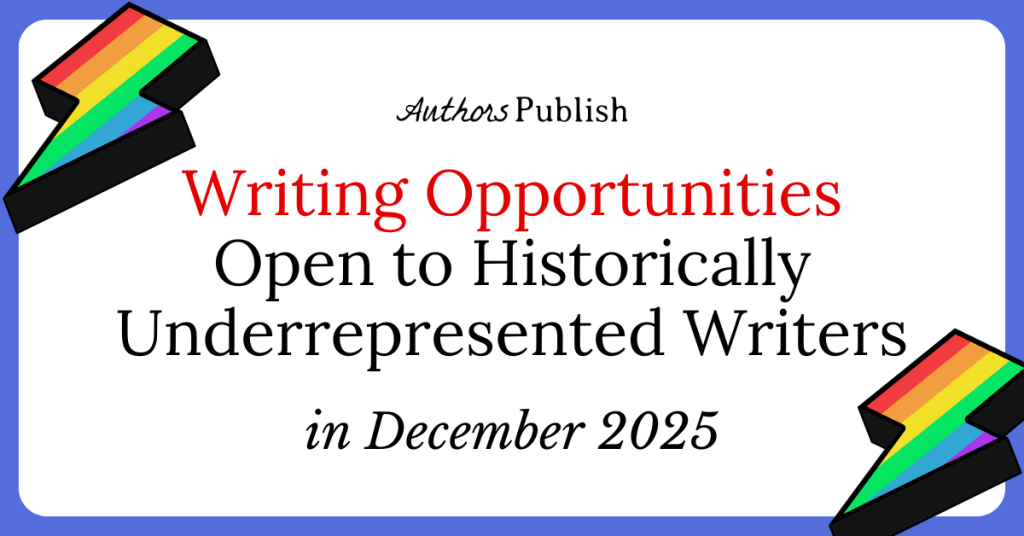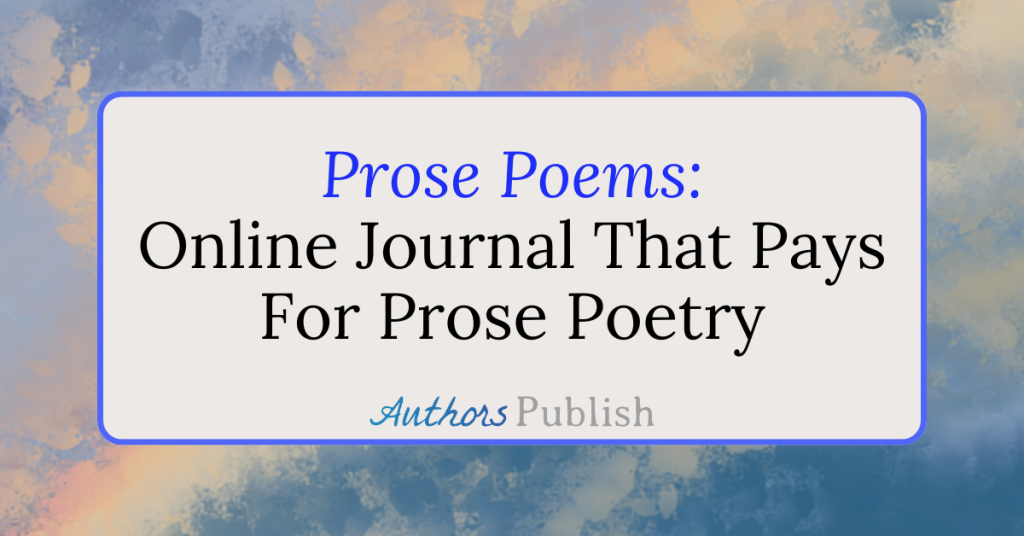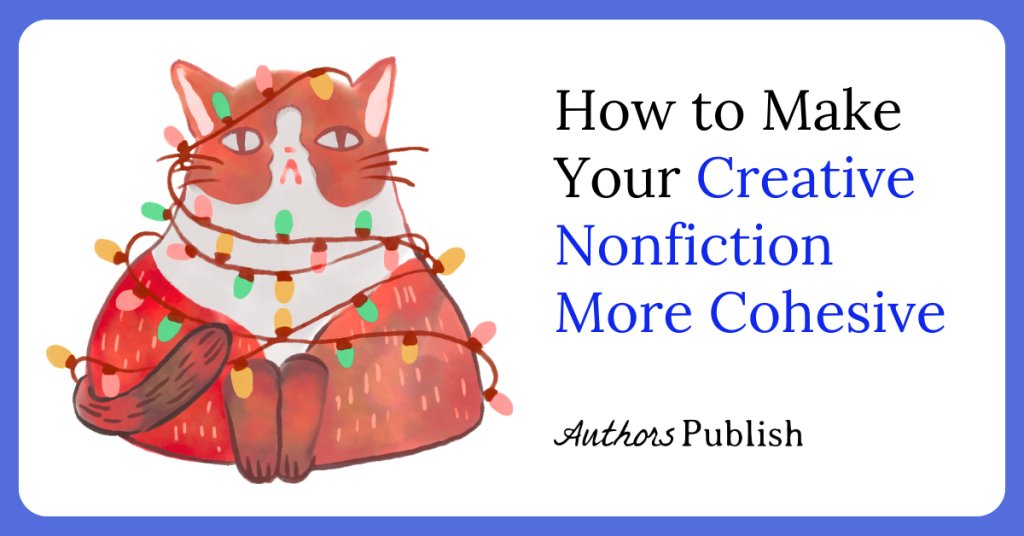There is one mistake that most authors make when submitting their work to literary journals and magazines for the first time. It is a mistake I made when I first started submitting work. It is a mistake that most of the serious authors I know made.
What is that mistake? Is it a terrible cover letter? Awful poetry?
No. In fact, it is far simpler than that. The mistake that most authors make when they first start out is that they submit to a very prestigious literary journal or magazine. My use of singular here is very deliberate.
Most authors start out by submitting to only one publication. That literary journal or magazine is usually extremely prestigious and very competitive. The New Yorker is a common first magazine to submit to. Tin House or Rattle are common first literary journals to submit to. Even if you are a writer not familiar with literary journals or magazines, you probably know these names.
These journals accept far less than 1% of what is submitted to them. That does not mean that one shouldn’t submit to them. There is nothing to lose and much to gain by submitting to a journal or magazine that is prestigious or well known.
The problem is this, the first time submitter usually only submits to one well known journal. Then they wait for a response. Some journals respond quickly, but many of the established ones take six months to a year.
These places all accept simultaneous submissions, so authors could submit the same work elsewhere during this time, or those same authors could submit other work elsewhere to increase their chances of having a piece accepted. They should probably submit other work to a lesser known journal or two (or thirty, if they are really serious).
Most don’t. I didn’t when I first started out. What I did was wait almost a year for The New Yorker to reject the three poems that I submitted to them. That was a year’s worth of potential publication that I lost. For no good reason. I could have been submitting elsewhere at the same time.
Don’t take this as discouragement against submitting to The New Yorker. Take this as encouragement to submit to The New Yorker, Rattle, Tin House, and at least five other lesser known literary journals.
Don’t make the same mistake I did. Start submitting today, but don’t stop with one journal. Keep going. Submit often. But don’t mass submit (that is probably the second most common submission mistake). Mass submitting is when an author submits the same work, same cover letter, all at once to a large number of literary journals not taking into consideration those journals’ submission guidelines or what they are seeking.
It is good to submit to a lot of literary journals at once, often submitting the same work to five or more literary journals at the same time, but investigating all of the journals first and making sure you follow their submission guidelines. Most mass submissions are caught in filters and never actually make it to the intended participant.
The best advice I can give any writer who is new to the world of publishing, is submit a lot, but tailor those submissions to match the publishers you are submitting to.
Emily Harstone is the author of many popular books, including The Authors Publish Guide to Manuscript Submissions, The 2019 Guide to Manuscript Publishers, Submit, Publish, Repeat, and The Authors Publish Guide to Children’s and Young Adult Publishing.
She occasionally teaches a course on manuscript publishing, as well as a course on publishing in literary journals.
You can follow her on Facebook here.






